How to Pair Your Pigeon Breeders—Part 3
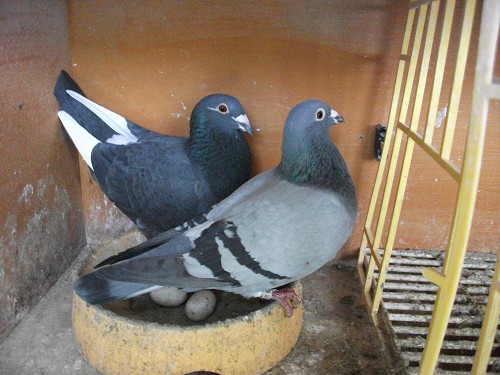 In this final article of our three-part series on how to pair your pigeon breeders, we will touch upon line-breeding and inbreeding. We will conclude with details on how to calculate inbreeding coefficients.
In this final article of our three-part series on how to pair your pigeon breeders, we will touch upon line-breeding and inbreeding. We will conclude with details on how to calculate inbreeding coefficients.
Inbreeding and Line Breeding
While line breeding is our preference for the majority of our pairings, there is a time where inbreeding pigeons can be of value. We have found that a successful racer out of a super breeder paired back to its parent can give us above average and sometimes even superior breeders. Of course, this then produces a very inbred progeny that we subsequently cross to a completely different family.
The inbred offspring are raced, though we certainly don’t expect them to exhibit the hybrid vigor of an outcross. So, we set different standards and goals by which to evaluate the inbreds versus the linebreds and outcrosses.
Basically, what we look for is:
- Are they basically good homing pigeons?
- Are they at least steady racers?
- Do they show some intelligence in coming home within a decent time?
If they achieve these goals, we take that as a good indicator that the bird has some ability and intelligence. It is worthwhile giving the bird a chance at breeding. So, we cross these birds to other families we know would be a good nick.
An Example of Inbreeding for Success
As an example, in 1998, we bred our best Horemans hen to her son and from them, raced four babies. We raced all four of them. Two of them did ok in coming in good time but never actually winning. In 2000 we bred from three of them. The ones that fared well in the races have both given us excellent clock birds. The third one has not produced this for us.
Inbreeding is a part of our breeding program and will continue to be so. Overall, we think we have had a great deal of success with it. In the case above, we then had two future breeders for our loft, giving us a percentage of good pigeons every year.
A Brief Summary of Pairing Your Breeders
To briefly summarize all of this,
- Pair genetically linked birds
- Use line breeding if the birds are not heavily inbred
- Use complete outcrossing if dealing with two fairly inbred birds
Calculating Inbreeding Coefficients
Considering a five-generation pedigree, the mother and father contribute equal amounts, or 50%, to the gene pool of their offspring. In other words, the young one gets 50% of its genes from its father and 50% from its mother.
Then, going back to figure out the genetic linkage, it gets:
- 25% from each of its grandparents
- 12.5% from each of its great-grandparents
- 6.25% from each of its great-great grandparents
- 3.125% from each of its great-great-great grandparents
(This is as far as you need to go.)
To then calculate the genetic coefficient, take the common genetic link between the father and mother birds. If the bird is inbred on just one side of its pedigree, the inbreeding coefficient is zero. If it has common ancestors on both sides or on the top and bottom of the pedigree, you calculate the inbreeding coefficient by adding up the percentages.
I hope this series of articles on how to pair your pigeon breeders has given you some insight into pigeon breeding and that you have great success in the years to come with breeding successful racing pigeons.
See also How to Pair Your Pigeon Breeders—Part 2 | How to Pair Your Pigeon Breeders—Part 1

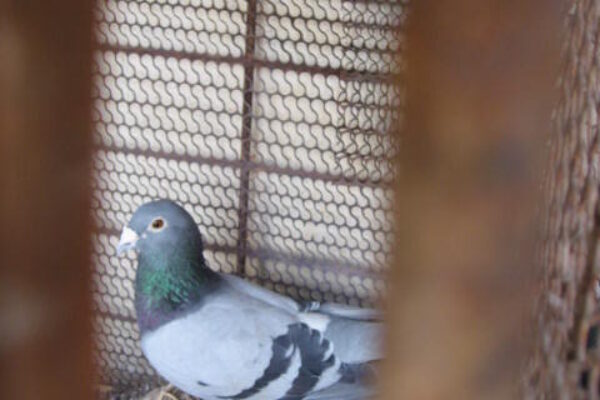
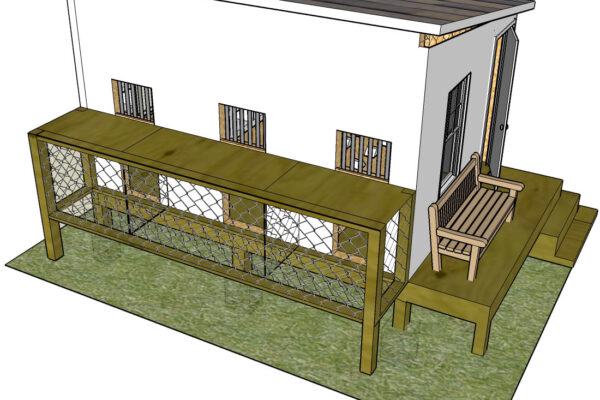

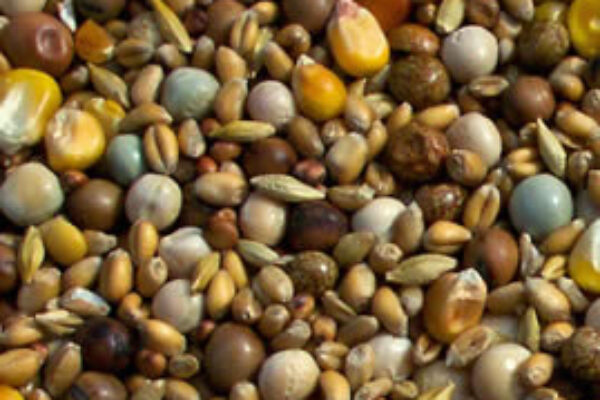
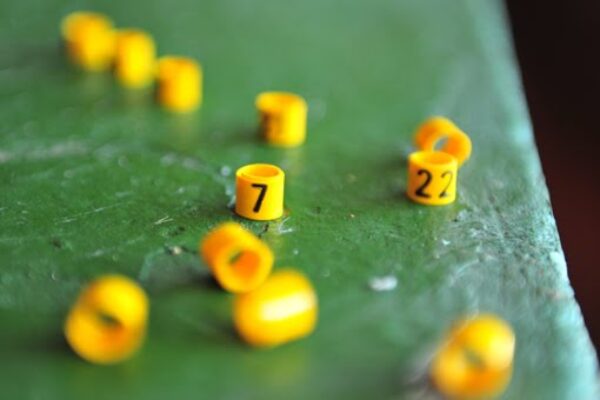
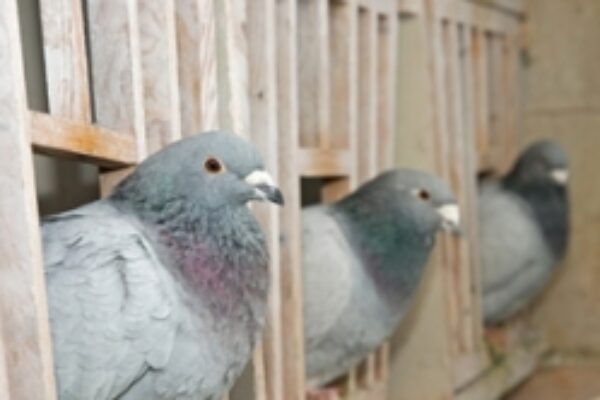


HI. WOULD YOU PLS. SEND ME PART1-2-3 how to pair your pigeons for breeding. Thank you very much.
Thanks. All my top performing birds on union level are also results of linebreeding. Always nice to read what other fanciers around the world are doing.
The Jannsens used this method of breeding pigeons-line breeding. Mating uncle to niece, aunt to nephew, half brother to half sister, cousins- 1st,2nd or 3rd cousins.
Although my stock pigeons are first settlers, these are the birds I got from friends, I will start this breeding experiment by mating father to daughter, or full brother to sister and see how well the off-spring perform in 2016.
how do u know that u get 50% from each parent there is no scientific study proveing this is it not true that u dont know what you will get that u can only go by the physical apperance to tell how much of the father or mother is in the offspring maybe dna is the answer to that delema ofcourse inbreeding gets one closer but how much father -daughter mateings can u do before u have to stop!breeding is not so cut and dried that is why it is so difficult.
The best breeder i have was bred as an out cross but her mother was bred from brother sister pairing and i can pair this hen with any cock and get good racers
Hello!
How to understand The best breeder i have was bred as an out cross
The purchases I make are enetilry based on these articles.
i found the pigeon breeders part 1, 2 and 3 very good, and will be trying a few suggestions from it.